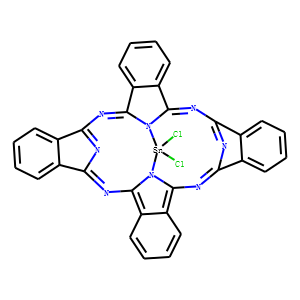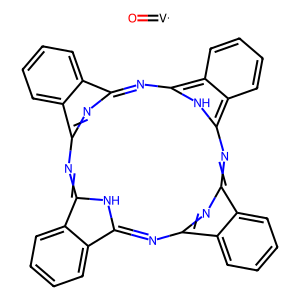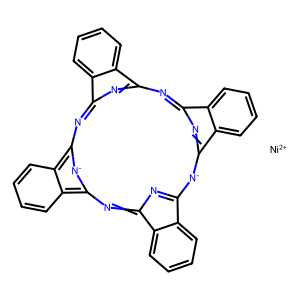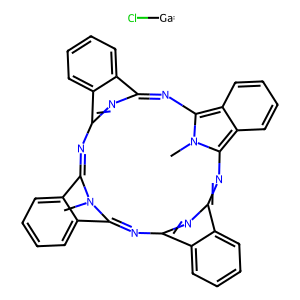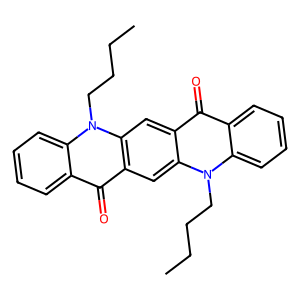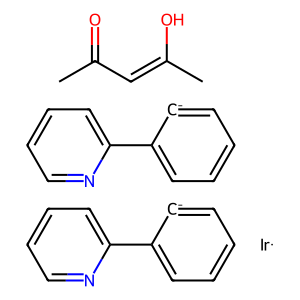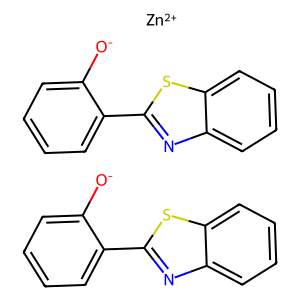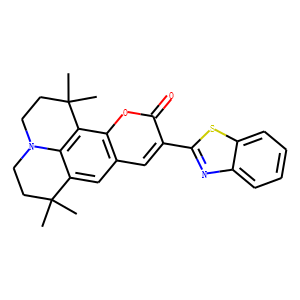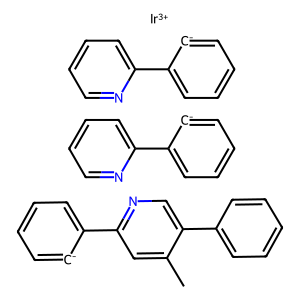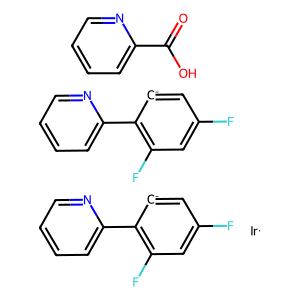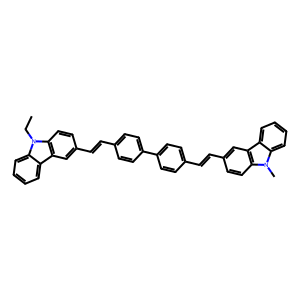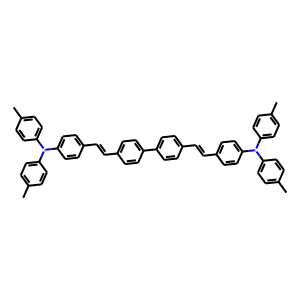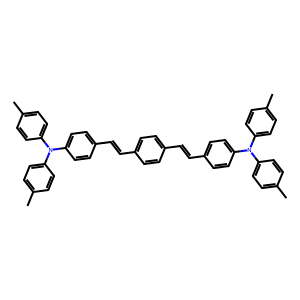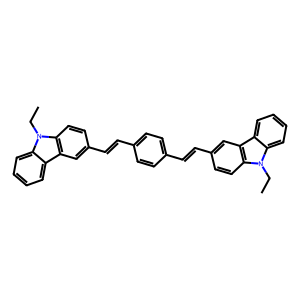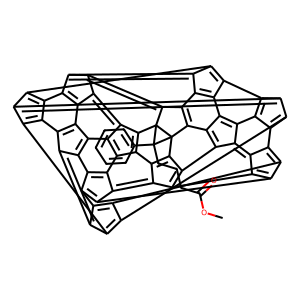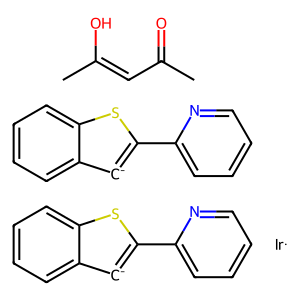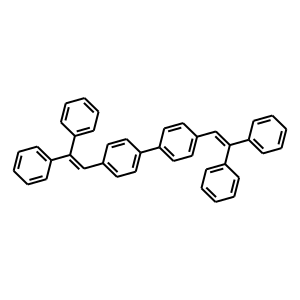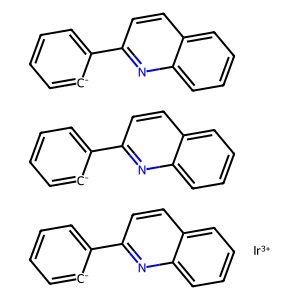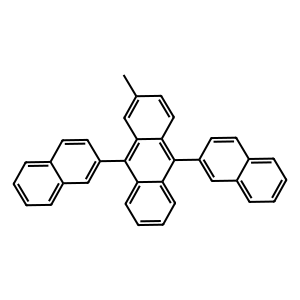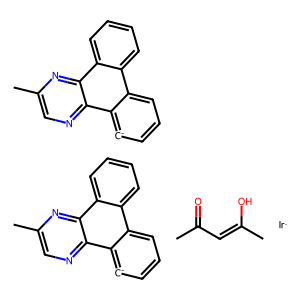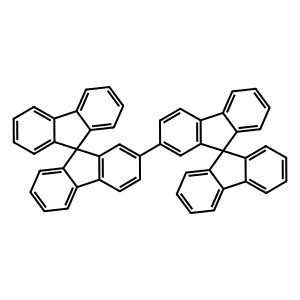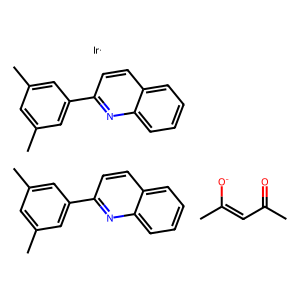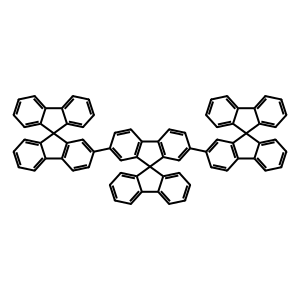Organic Optoelectronic Materials
Organic optoelectronic materials are advanced functional compounds engineered to control the interaction between light and electricity. Their unique molecular structures, often based on π-conjugated systems and donor–acceptor architectures, allow precise tuning of optical and electronic properties. Compared to traditional inorganic semiconductors, these materials offer significant advantages, including lightweight composition, mechanical flexibility, and compatibility with cost-effective, large-area fabrication methods such as solution printing.
They play a vital role in cutting-edge technologies, including organic light-emitting diodes (OLEDs), organic photovoltaics (OPVs), organic field-effect transistors (OFETs), photodetectors, and flexible sensors. Researchers value them for their customizable energy band gaps, high charge-carrier mobility, adjustable emission spectra, and stability under operational conditions.
From high-resolution display panels and wearable electronics to next-generation solar energy systems, organic optoelectronic materials enable devices that combine high performance with design versatility. As demand grows for sustainable, flexible, and energy-efficient technologies, these materials are at the forefront of innovation, bridging electronics, photonics, and advanced materials science to shape the future of optoelectronic applications.


